Can you build muscle with calisthenics using just your bodyweight?
-
The answer is 'Yes You Can'
-
You need to simply understand and apply the principles of hypertrophy
-
Select exercises that focus on your goal and incorporate major muscle groups like pull ups and push up variations.
-
Use between 6 to 12 repetitions
-
Use between 4 to 6 sets (therefore large volume of work)
-
Use a slow tempo (5 seconds on the eccentric)
This is a question we get asked all the time.
The simple and short answer is “yes, of course you can”.
The longer answer to building muscle with calisthenics needs some more detail and context as to why, how and, we’d also question whether building muscle should or shouldn’t be your goal.
If you’ve followed us for a while, you’ll know that we’re interested far more in what our bodies can do rather than how they look and encourage you to approach your training and your mindset towards your self-image the same way.
Building muscle and strength will happen as a by-product of your training, if you get certain things right and create a training environment conducive to muscle hypertrophy.
There are some specific conditions we need to create for muscle building, also know as hypertrophy. Muscle hypertrophy can be defined as;
Drag to resize
Drag to resize
So, in order to create the conditions for hypertrophy your training must ensure you’re providing high levels of tension and force that your body must overcome in the movements you’re training.
Resistance training, when done correctly, can create the right conditions for muscle building adaptations to take place in the body as you force the muscles to overcome the resistance of the force being applied and adapt to the new stress you’re placing on it.
Whether the resistance comes from machines, barbells, free weights or your bodyweight it doesn’t matter. What matters is that the resistance used is providing adequate tension and force to overcome in order to produce a muscle hypertrophy effect.
The brain doesn’t distinguish between how the resistance is being applied, only that there’s resistance it needs to overcome and that it has to produce force with your muscles to overcome that resistance. So it doesn’t matter if the resistance comes from weights or your bodyweight in order to stimulate building muscle.
However, something that is very important, is that the level of tension and resistance being applied is adequate to the individual. If the stress placed on the muscle is low due to a low level or resistance being applied, then it’s unlikely we can stimulate a muscle hypertrophy response.
With weight training, it’s easy to use an adequate resistance because you have a selection of weights to change or add to a barbell, or select different dumbbells.
With bodyweight training, your bodyweight remains the same (slight increase at Christmas normally for me – ha ha!) but that doesn’t mean the resistance has to stay the same if you understand how to change your training environment. When push ups become too easy and don’t provide the level of resistance you need, then you can change your body angle into a pike push up and load the upper chest and shoulders more vertically and all of a sudden the resistance you have to overcome in the pressing exercise has increased.
Therefore, just like with weight training where we progressively add small additional weights to a barbell to keep increasing the resistance gradually, we can do the same with bodyweight training but we just need to adapt and change the exercise slightly in terms of body angles, lever lengths and depth of range.
Yes, it requires you to think a little (which is a good thing in our opinion) rather than just pick up a lighter or heavy weight.
The HUGE benefit is that compared to a machine or bench press or seated bench positions, you need to support yourself every moment.
What does that mean? It means you’ll be creating tension through your entire body. The kinetic chain integration of multiple body parts during each bodyweight movement is a massive benefit of calisthenics when compared to isolated movements performed in traditional weight lifting or machine-based training.
Drag to resize
No, there are times when you must use the right tool for the right job. Sometimes it is necessary to add additional load, but remember this is just one option at your disposal.
For example, as you master the basics of pull ups and dips at bodyweight only you might need to continue creating a progressive overload if you are to continue to create a stimulus for more strength and muscle development. We need to keep the intensity and muscle tension up, so you could swap standard pull ups for archer pull ups or dips for Korean dips. These are both ways of playing with levers and angles. You might however want to keep doing a normal pull up, so a good way to overload this movement pattern is to use a weighted vest or weight belt.
The important message here is that you know why you are choosing a certain training strategy and understand the adaptations you are looking for. Your programme can then be designed and adjusted accordingly.
We set the conditions with our exercise selection and then the acute variables we choose to perform the selected exercises. Acute variables are things like the number of repetitions and sets performed, the amount of rest we take between sets and the speed (or tempo) we do each repetition at.
The tempo is really important because the high levels of tension required come not just from overcoming large forces but also the speed at which we move. With bodyweight training, we’re interested in controlling our bodies and slowing down movements to maintain control, but it also creates a lot of tension in the muscles during each repetition. This is one of the elements we require for muscle hypertrophy.
Bodybuilders use slow eccentric movements (lowering phase) as you can produce around 1.4 times as much force on eccentrics. So by lowering slowly, we have the ability to create really high tension.
So here are a few key elements you should use as a guide to create the conditions required for your desires of hypertrophy/building muscle;
- Select exercises that focus on your goal and incorporate major muscle groups like pull ups and push up variations.
- Use between 6 to 12 repetitions
- Use between 4 to 6 sets (therefore large volume of work)
- Use a slow tempo (5 seconds on the eccentric)
One tempo I was “forced” to use in the past during a hypertrophy block of training from my old (amazing) S&C coach Jo Brun, when I used to play pro rugby, was a 10 second rep; 5 seconds on the way down… that was pretty tough, then 5 seconds on the way back up. The slow 5 seconds when someone else is counting you on the way back seems even longer! The level of tension is high and you must also control the movement… try doing 10 normal push ups like that even if you find push up really easy, it’s a game changer!
Give “The 10 Second Rep” Challenge a go with standard push ups; 5 seconds on the way down and 5 seconds on the way back up, slow continuous movement and see how many you can do in a row with good form… you’ll be surprised – it’s a killer!
Use #10SecondRepChallenge and tag us @schoolofcalisthenics and we’ll share them on our instagram!
Looking forward to seeing those slow controlled reps… it’s a deep burn… you’ll love it!


